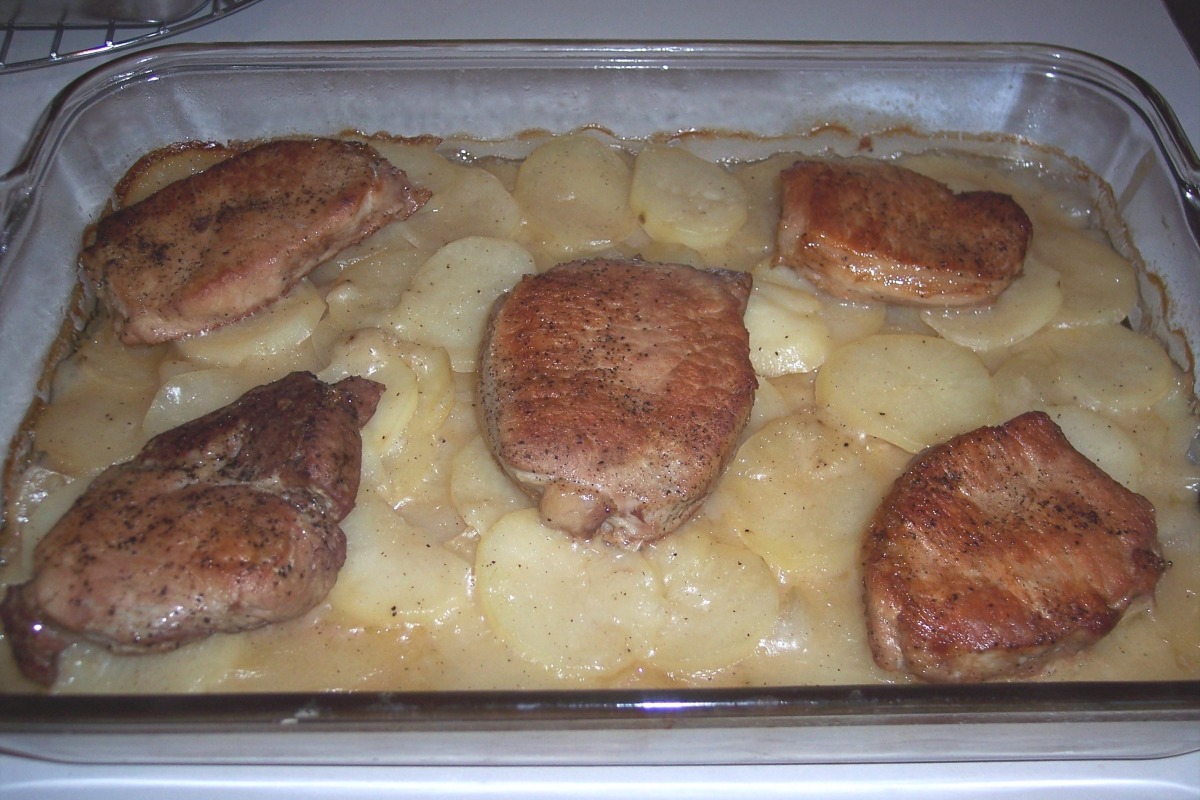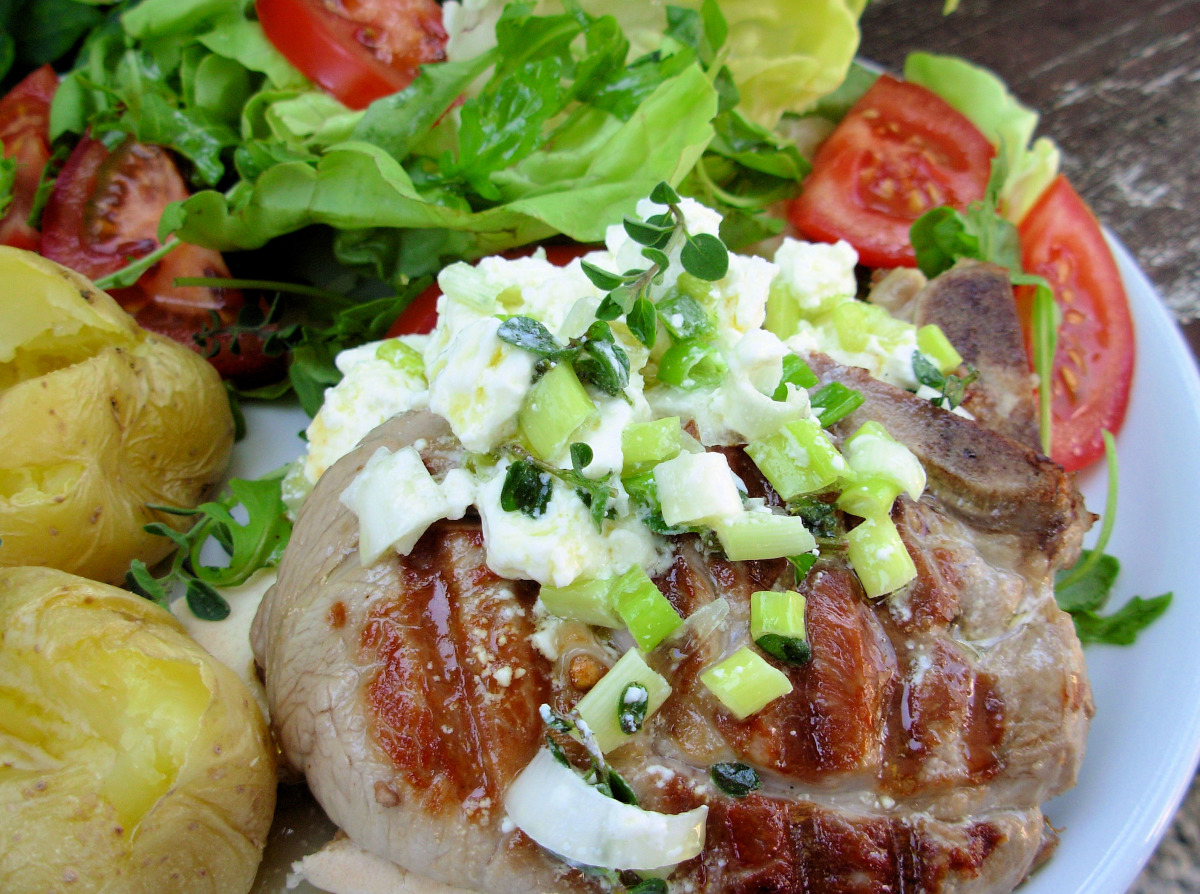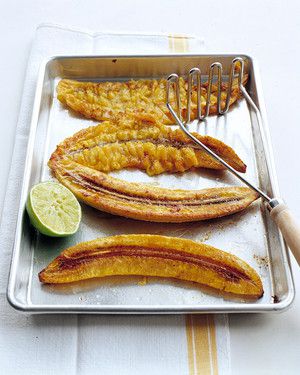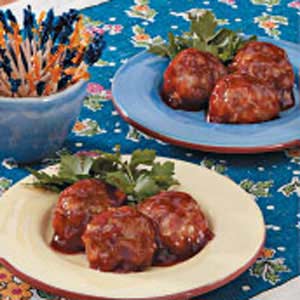Pansit Palabok is a delightful Filipino noodle dish known for its vibrant colors and medley of flavors. This dish features soft rice noodles smothered in a rich and savory shrimp sauce, adorned with an array of toppings that include pork, shrimp, hard-boiled eggs, tofu, and an assortment of vegetables. The secret to this dish lies in the delicate balance of sweet, sour, and salty notes, perfectly harmonized with the soft chewiness of the noodles and the crunch of the toppings. Join us on a culinary journey as we explore the art of preparing this iconic dish, with easy-to-follow recipes that will guide you through every step of the process. Discover the secrets to creating a luscious shrimp sauce, a flavorful array of toppings, and the perfect balance of ingredients that will make your Pansit Palabok an unforgettable dining experience.
Check out the recipes below so you can choose the best recipe for yourself!
PANCIT PALABOK (FILIPINO RICE NOODLES WITH PORK AND SHRIMP SAUCE)

Pancit Palabok is a Filipino rice noodle dish with a rich pork and shrimp sauce, similar to a ragu. Also known as Pancit Luglug or Pancit Malabon. Garnished with smoked fish, eggs, and crumbled chicharron, it's a classic dish that can be made with this simple palabok recipe!
Provided by Liren Baker
Categories Dinner Main Course
Time 40m
Number Of Ingredients 20
Steps:
- Bring the seafood stock to a boil in a small sauce pan. Drop in the shrimp and cook until they are pink and cooked through, about 3-4 minutes. Use a slotted spoon to retrieve the shrimp. Peel the shrimp, and set aside. Return the shells to the saucepan, and let it simmer for another 10 minutes. Strain the broth and set aside.
- NOTE: If you are pinched for time, skip boiling the shrimp shells substitute with shrimp bouillon dissolved in 1 1/2 cups water. If your shrimp are peeled and deveined, then use the stock as it is!
- Combine the achuete paste and hot water, and set aside. Combine cornstarch with cold water and set aside.
- In a large skillet, heat oil over medium-low heat. Sauté the onion and garlic, cooking until the onion is transparent. Add the pork, and cook for about 5 minutes, or until fully cooked. Stir in cooking wine.
- Add the shrimp/seafood sauce, achuete liquid, cornstarch slurry, fish sauce and black pepper, and cook, for another five minutes stirring frequently, or until the sauce has thickened. Set aside.
- Meanwhile, make the noodles. In a separate deep-sided skillet, bring 4 cups of water to a boil over high heat. Add the noodles and cook for about 3 minutes, or cooked according to package directions. Drain the noodles and place in a serving dish.
- Reheat the sauce, if necessary, and pour over the noodles. Garnish with sliced eggs, smoked fish, green onions, and lemon wedges. To eat, toss the noodles in the sauce with a squeeze of lemon juice and enjoy.
Nutrition Facts : Calories 564 kcal, Carbohydrate 74 g, Protein 32 g, Fat 14 g, SaturatedFat 4 g, Cholesterol 289 mg, Sodium 1376 mg, Fiber 3 g, Sugar 4 g, ServingSize 1 serving
PANCIT PALABOK

Pancit Palabok is a delicious Filipino noodle dish topped with shrimp gravy, shrimp, smoked fish flakes, pork cracklings, and eggs. Hearty and savory, it's perfect as a light meal or anytime snack.
Provided by Lalaine Manalo
Categories Snack
Time 1h
Number Of Ingredients 18
Steps:
- In a large bowl, soak rice noodles in water for about 1 to 2 minutes or just until loosened. Drain well.
- In a pot over medium heat, bring about 6 cups water to a brisk boil. Add noodles and cook for about 1 minute. Drain well.
- Place noodles onto serving plates. Spoon sauce over noodles.
- Top with shrimp, chicharon, fried pork, crispy tofu, tinapa flakes, hardboiled eggs, toasted garlic bits, and green onions. Serve with calamansi wedges.
PANCIT PALABOK (RICE NOODLES WITH CHICKEN RAGOUT AND SHRIMP)

We eat pancit, or noodles, always - but especially at birthday celebrations, where the length of the noodles is seen as a promise for an equally long life. Among our many pancit dishes, palabok is the richest. The sauce almost takes on the texture of an Italian ragù, with the meat slowly disintegrating into a thick gravy that's stained reddish-gold by achuete (annatto). The toppings aren't decorative, but a crucial part of the dish: a whole regiment of hard-boiled eggs and poached shrimp, plus a tumble of fried garlic and crumbled chicharron (puffed-up crispy pork skins).
Provided by Angela Dimayuga
Categories dinner, casseroles, grains and rice, noodles, poultry, seafood, main course
Time 1h20m
Yield 10 to 12 servings
Number Of Ingredients 18
Steps:
- Add the chicken breasts and thighs to a large pot. Cover with about 8 cups water (the chicken should be fully submerged), add 3 tablespoons salt, and bring to a boil over high. Once the mixture comes to a boil, reduce heat to medium-low and simmer until meat is cooked through and can be ripped off the bone easily, about 40 minutes.
- Transfer the chicken to a bowl to cool, and reserve the cooking liquid. Once the chicken is cool enough to handle, discard the skin. Tear the chicken into bite-size pieces and shred into thin strands. Discard the bones.
- Meanwhile, prepare the shrimp: Bring 4 cups water and 1 tablespoon salt to a boil in a medium saucepan. Once it comes to a boil, add the shrimp and cook just until pink and tender, about 2 minutes. Pour into a colander, straining and discarding the liquid, then quickly transfer the shrimp to a large bowl of ice water just until chilled, about 2 minutes. Strain shrimp, transfer to a bowl and refrigerate until use.
- Prepare the eggs: Bring a large saucepan of water to a boil over high with 1 teaspoon salt, and prepare an ice bath in a large bowl. Carefully drop in the eggs, one at a time, reduce the heat to a gentle simmer over low and cook, 9 minutes. Transfer eggs to the ice bath and let cool. Drain, then carefully peel.
- Heat the oil over high until shimmering. Add the annatto powder and stir until toasted, slightly darkened and fragrant, about 1 minute. (The natural yellow food coloring dyes the oil a robust hue.) Add the onions, celery, garlic and 1 tablespoon salt, and cook, stirring occasionally, until softened, about 8 minutes. Deglaze with 4 cups reserved chicken stock.
- Add the shredded chicken and simmer, constantly mashing the chicken with a whisk to promote shredding until the chicken has braised and disintegrates into fine threads, and the sauce has thickened, about 30 minutes. Add fish sauce and black pepper to season.
- Line a large baking dish with banana leaves, if using. Add the cooked noodles to the dish, top with an even layer of warm chicken mixture, followed by most of the sliced scallions. Top with alternating rows of hard-boiled eggs (thinly sliced crosswise into rounds) and shrimp, squeezing about a half a lemon over the surface or calamansi juice if you have it. Then top with a crunchy mix of chicharron, fried garlic, a few more sliced scallions, a coarse crack of black pepper and remaining lemons or calamansi on the side, for serving.
PANSIT PALABOK (RICE NOODLES WITH SHRIMP SAUCE)
Pansit (pronounced pan-SIT) simply means "noodle." It's the word that follows pansit that tells you either the type of noodle in the dish or the style of preparation. Here palabok refers to both. Pansit palabok is a luscious, buttery, bisque-like shrimp sauce tossed with white rice noodles and topped with tsitsaron, crisp-fried pork rinds. Loosely translated, palabok means "sauce," and the original dish was made from ground shrimp heads and shells blended with annatto seeds, water, and cornstarch. I grew up with the kind that was made by opening a seasoning packet labeled "palabok." You added water to make a gelatinous sauce that tasted mildly like shrimp. This version takes at least an hour and begins with an annatto-shrimp stock that is the foundation of the sauce. The traditional flavorings, which are sometimes referred to as sahog, include not just the pork rinds but also smoked fish, eggs, and scallions. To make the dish ultra decadent, you can add sea urchin, or hayop ng siotsin; the urchin's rich, buttery flavor and bright orange color make the finished dish even more divine.
Provided by Nicole Ponseca
Categories Noodle Shrimp Squid Lemon Sauce Egg
Number Of Ingredients 24
Steps:
- In a small saucepan, melt the butter over medium heat, then whisk in the flour and cook, whisking continuously, until the flour and butter are totally combined and have turned a light blond color.
- Immediately whisk in 2 cups (480 ml) of the warm stock and bring the mixture to a boil, then stir and simmer over low heat until the sauce thickens, about 10 minutes. If it gets too thick, add a little more stock. Season with fish sauce, then set the sauce aside and keep hot.
- In a large skillet, heat the vegetable oil over medium heat. Add the garlic and cook, stirring continuously, for 1 minute. Add the shrimp and squid and cook, stirring often, until the shrimp begin to curl and turn pink, about 5 minutes. Turn off the heat.
- Put the warm cooked noodles on a serving platter and spoon the warm sauce over the center of the platter. Top the noodles with the cooked shrimp and squid, alternating shrimp and squid around the platter. Sprinkle on the crushed pork rinds, smoked tofu, and tinapa.
- Serve immediately with lemon wedges.
- Shrimp Stock:
- In a stockpot, heat the vegetable oil over medium heat. Add the onion and cook, stirring occasionally and making sure not to let it brown, for 4 minutes, or until soft. Add the garlic and shrimp shells and cook, stirring continuously, until the shells turn pink.
- Add the annatto seeds, crab paste, lemon juice, fish sauce, bay leaves, peppercorns, and 12 cups (3 L) water and raise the heat to high. Bring to a boil, reduce the heat to medium, and simmer for 1 hour. Strain the stock, discarding the solids, and set it aside until ready to use or refrigerate it overnight. Reheat it gently before making the sauce.
- Leftover stock can be stored in an airtight container in the refrigerator for up to 1 week or in the freezer for up to a month.
Tips:
- Use fresh ingredients: The fresher the ingredients, the better your pansit palabok will taste. This is especially important for the shrimp, which should be fresh and never frozen.
- Cook the noodles al dente: The noodles should be cooked until they are tender but still have a slight bite to them. If you overcook them, they will become mushy and lose their texture.
- Make sure the sauce is thick and flavorful: The sauce is the key to a good pansit palabok. It should be thick and flavorful, with a balance of sweet, sour, and salty flavors. If the sauce is too thin, it will not coat the noodles properly. If it is too thick, it will be difficult to stir and eat.
- Add plenty of toppings: Pansit palabok is traditionally served with a variety of toppings, such as shrimp, pork, hard-boiled eggs, and vegetables. You can also add other toppings, such as tofu, squid, or mussels. The more toppings you add, the more delicious your pansit palabok will be.
- Serve it hot: Pansit palabok is best served hot. If you are making it ahead of time, you can reheat it in the microwave or on the stovetop. Just be sure to heat it through before serving.
Conclusion:
Pansit palabok is a delicious and versatile dish that can be enjoyed by people of all ages. It is a popular Filipino dish that is often served at parties and celebrations. With its combination of noodles, sauce, and toppings, pansit palabok is a dish that is sure to please everyone.
Are you curently on diet or you just want to control your food's nutritions, ingredients? We will help you find recipes by cooking method, nutrition, ingredients...
Check it out »
You'll also love









